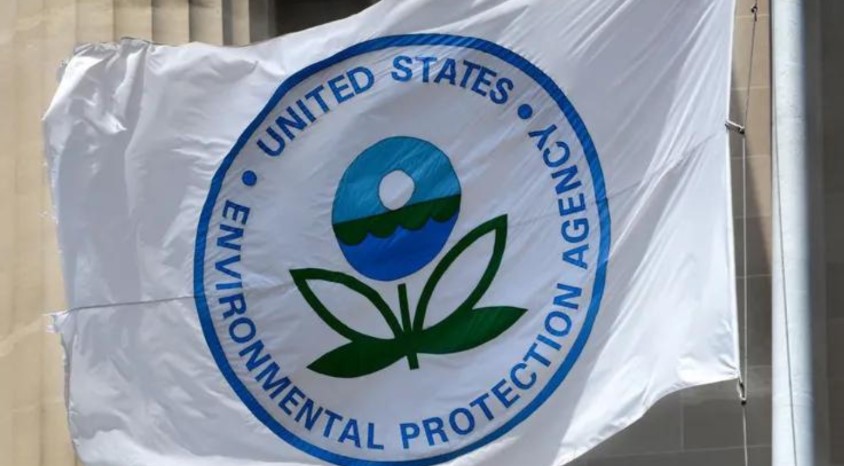Finding the right funding opportunities can be a game changer for projects rooted in environmental sustainability. Financial support can propel your efforts to the next level, whether you are an organization working to preserve natural habitats, a community initiative to reduce carbon footprints, or a researcher exploring alternative energy solutions. This article delves into the diverse landscape of environmental sustainability grants, focusing on EPA Grant Opportunities, which provide vital financial resources for initiatives committed to fostering a greener and more sustainable planet.
Understanding Environmental Sustainability Grants
Environmental sustainability is a pressing concern that impacts every corner of the globe. Grants in this arena aim to support projects that tackle pressing environmental issues such as climate change, pollution control, and conservation efforts. These grants serve a dual purpose: they not only provide financial backing but also endorse the importance of sustainability-driven projects in today’s context.
Importance of Funding in Environmental Projects
Financial support through grants eliminates barriers for many organizations, enabling them to pursue initiatives that might have otherwise been financially unreachable. These funds help facilitate comprehensive research, expansive community outreach, and innovative technological solutions needed to address environmental challenges. The significance of such backing extends beyond mere monetary value—it signifies a collective recognition of and commitment to improving the health of our planet.
Spotlight on EPA Grant Opportunities
The Environmental Protection Agency (EPA) plays a pivotal role in offering grants that bolster environmental sustainability efforts. EPA Grant Opportunities are well-regarded for their emphasis on addressing environmental concerns through innovation, education, and community engagement.
Types of EPA Grants
The EPA provides a variety of grant opportunities tailored to different needs and initiatives. Some of the notable types include:
- Environmental Education Grants: Aimed at educating the public about environmental issues and solutions.
- Brownfields Grants: Focused on cleaning up and redeveloping contaminated properties, turning them into productive spaces.
- Air Grants and Water Grants: Dedicated to improving air quality and water systems, respectively.
Application Process for EPA Grants
Applying for these grants involves a comprehensive process, where prospective applicants must clearly outline their project goals, proposed outcomes, and the potential environmental impact. The EPA looks for well-structured proposals that demonstrate innovative approaches and community involvement, ensuring the initiatives are sustainable in the long term.
Key Considerations for Aspiring Grant Seekers
Navigating the grant application landscape can be daunting, but understanding the key considerations can streamline the process. Applicants should focus on:
- Aligning Project Goals with Grant Objectives: Clearly define how your project aligns with the EPA’s mission and specific grant requirements.
- Demonstrating Community Impact: Showcase the broader benefits of your project to the community, highlighting aspects such as engagement, education, and economic revitalization.
- Presenting a Detailed Budget: Provide a transparent breakdown of how funds will be utilized efficiently and effectively.
Strategies for Success
To increase the chances of securing a grant, organizations should invest time in preparing holistic grant proposals. Collaborating with like-minded partners and utilizing resources such as workshops, advisory sessions, and past successful applications can enhance your submission’s strength.
Broader Landscape of Environmental Sustainability Grants
Beyond the EPA, there is a rich tapestry of other funding sources dedicated to environmental sustainability. Numerous public and private entities offer support, creating a robust ecosystem for projects geared toward environmental stewardship and innovation.
Notable Grant Providers
Some key players in this space include:
- The National Science Foundation (NSF): Known for its support of scientific research, including projects focusing on sustainability and environmental science.
- Private Foundations: Organizations like the Packard Foundation and the Rockefeller Brothers Fund offer grants specifically aimed at climate change and conservation efforts.
- Corporate Sponsorships: Many corporations have sustainability initiatives and offer grants as part of their corporate social responsibility (CSR) strategies.
Complementing Efforts through Partnerships
Building partnerships serves as a vital mechanism for amplifying the reach and efficacy of funded projects. Collaborating with other organizations, government entities, and academic institutions can provide additional expertise, outreach, and resources.
Conclusion: The Path Forward
Navigating the landscape of environmental sustainability grants and EPA Grant Opportunities requires dedication, innovation, and a clear vision. It is through these funding channels that pioneering projects can gain the momentum needed to make tangible impacts on the environment. As awareness and responsibility for climate stewardship grow, the significance of such grants only magnifies. For organizations, communities, and individuals committed to sustainability, harnessing these opportunities is a commendable path toward fostering a healthier planet for future generations.

